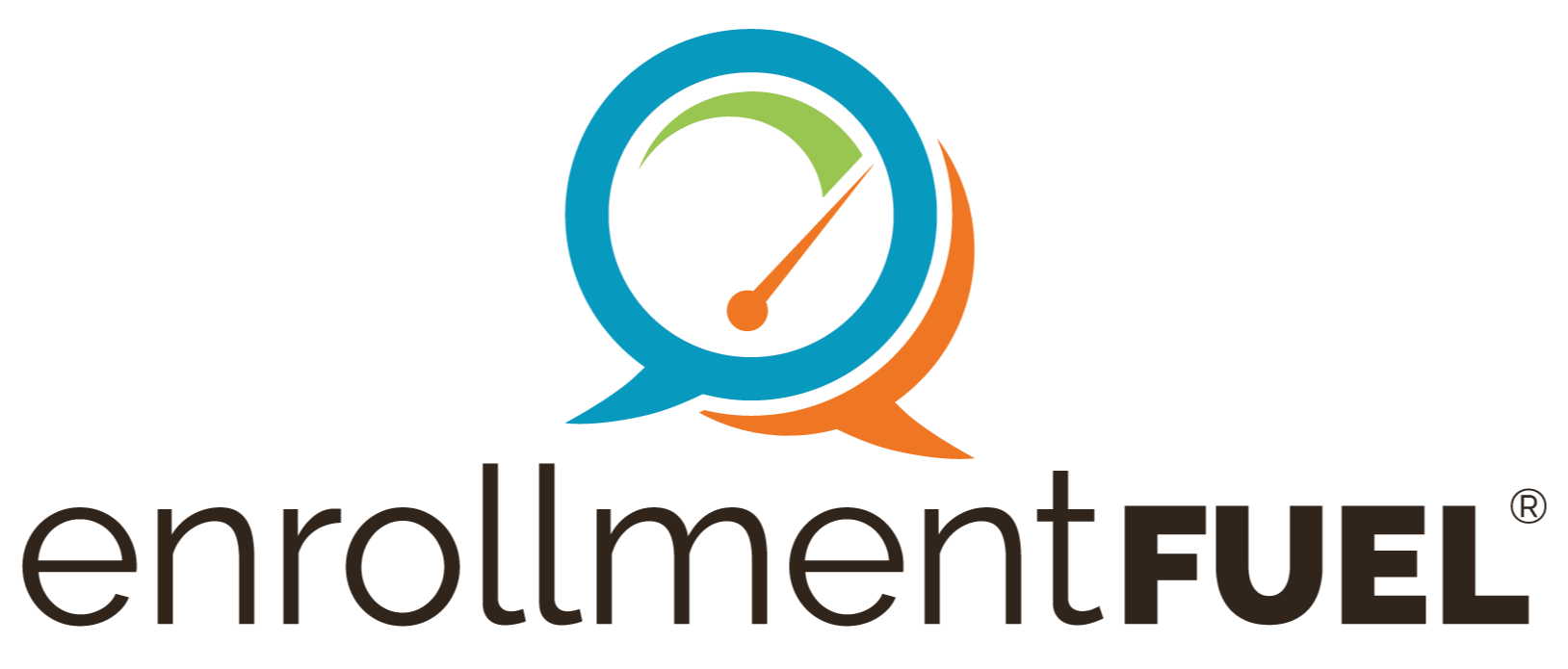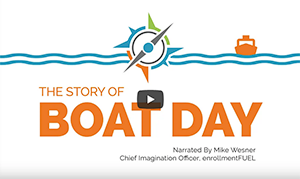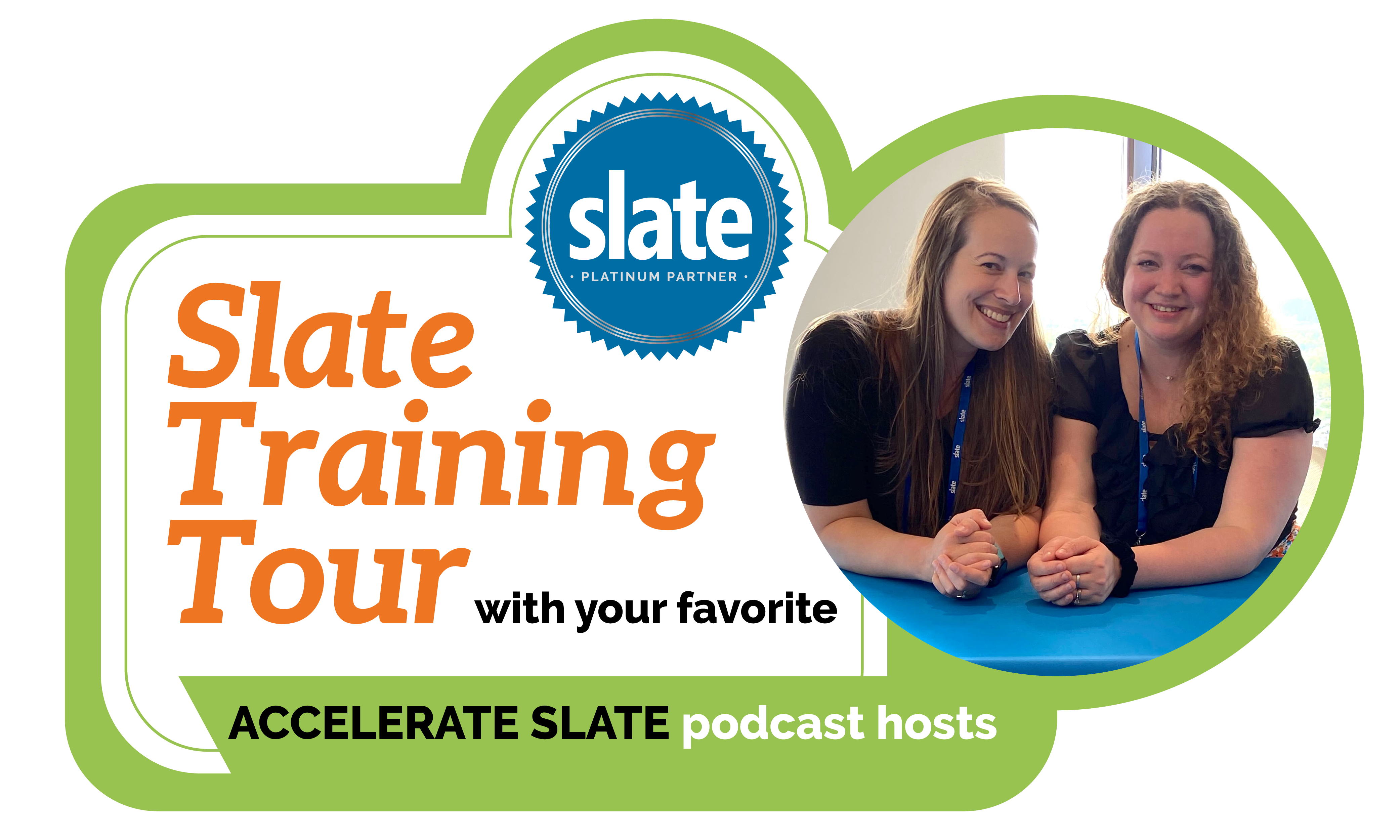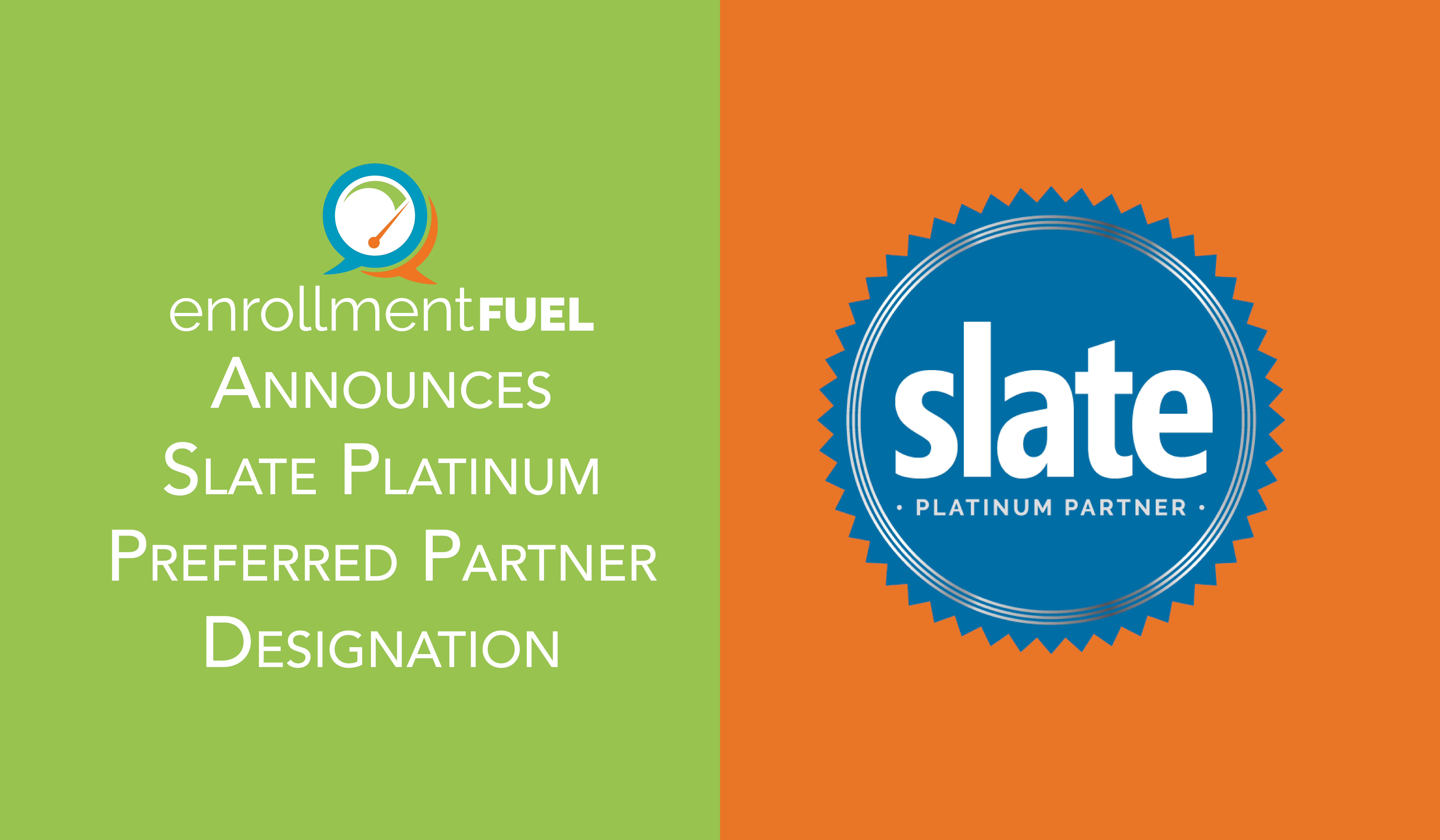Budget changes, COVID-19 seismic shifts, decreasing numbers of high school graduates, and reduced expectations about in-person visits are forcing many enrollment leaders to rethink print collateral strategies. To take materials to the next level and maximize their effectiveness in the upcoming recruiting cycle, we have put together a list of tips and questions to ask yourself as you consider our increasingly virtual world.
- If your materials feel copy-heavy and stuffed with transactional details duplicated on your website, consider doing a major edit. Chop copy down to focus on benefits and strong story elements that help students imagine how they can live their best life by attending your institution.
- Do you have a blog written by students with up-to-date information? Add a QR code to your brochure and link your collateral to the online information. If you include a student’s picture or a photo of an event (like your big annual career fair), and you have more story details online, add a link to that information, too. These simple strategies enrich the print experience, and new information can also increase engagement.
- We live in a world where videos are everywhere. If you aren’t pushing students to your video content, or you don’t have enough video content to present, changes are in order. Often, the most popular and authentic videos are created by students. If you have limited budget dollars, consider your on-campus resources. For more information on creating videos, read, “Video Production – It Might Be the Next Frontier for Enrollment Management Professionals.”
- Brochures should push students to take the next step, whether that’s applying for admission, visiting campus, or filing their FAFSA. Don’t forget to include the basic calls to action and be sure they are visible, distinct, and easily understandable. (Remember to balance stories with transactional calls-to-action.)
- Push your virtual tour. Now, more than ever, students and parents are “shopping” for a college from their den sofa or the home office. Make sure this link is visible and easy to find.
- When budgets are cut, enrollment leaders often eliminate supplemental publications. Consider combining multiple handouts into one effective brochure targeting parents and families. Hand out the printed copy during visits, orientation, and scholarship days. Include the digital copy in email communications, so parents receive the information they need to support their student’s decision to attend your school. For more information on parental communication strategies, check out this Octane article: “Three Tactical Opportunities for Parental Communications.”
I once heard a marketer say, “Printed pieces are ideas you can hold.” That simple explanation of why print is useful has always stuck with me. And while most marketing emails are read once and quickly discarded, the U.S. Small Business Administration reports that the average lifespan for a piece of direct mail is 17 days, providing a major visibility benefit for your institution during critical timeframes.
When it comes to fitting printed collateral into a budget, it is often easier to cut it than keep it. Before abandoning all print as a needless expense, look at how it contributes to achieving your goals and determine when the value outweighs the cost.




